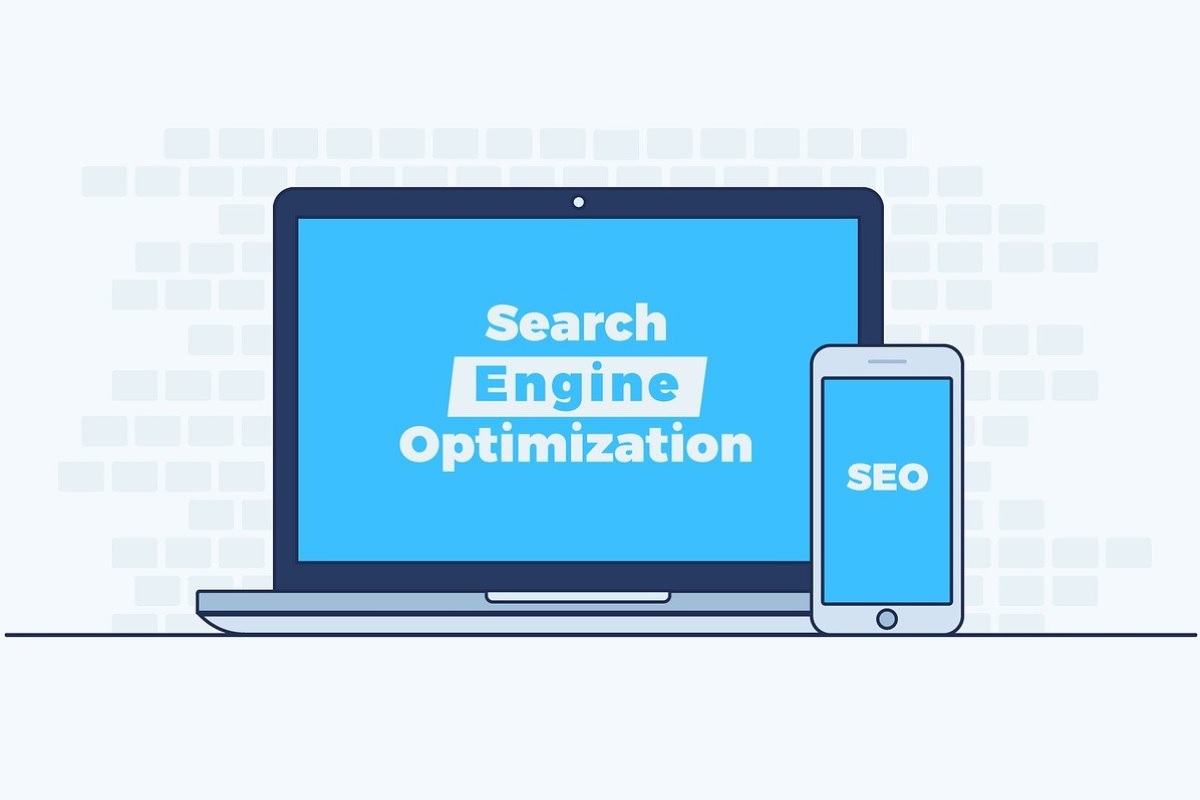In common sense, an SEO content audit is an iterative list of indexed content organized in ways to understand what to consolidate (or remove!), what to improve, and what to discard.
When conducting a content audit for your website – there are many advanced SEO perspectives to consider. These can help you optimize your content to improve your website’s visibility in search engine results pages (SERPs) and drive more targeted traffic to your website. Here, we will discuss some advanced SEO viewpoints to consider in a content audit.
User Intent
The structure of your content is another vital consideration when auditing your content. A well-structured piece of content can help search engines understand its relevance and importance, making it more likely to rank higher in search results pages.

When assessing your content structure, consider the following factors:
- Headings and Subheadings: Use clear and descriptive headings and subheadings to break up your content into logical sections.
- Paragraphs: Use short paragraphs to make your content easier to read and scan.
- Bulleted and Numbered Lists: Use bulleted and numbered lists to highlight key points and make your content more scannable.
- Images and Graphics: Use pictures and graphics to break up your content and make it more visually appealing.
Content Quality
Another important consideration when auditing your content is content quality. Quality content is essential for SEO because it signals to search engines that your website is trustworthy and authoritative. Some factors to consider when assessing the quality of your content include:
- Relevance: Is the content relevant to your target audience?
- Accuracy: Is the content factually accurate?
- Completeness: Does the content provide a complete answer to the user’s query?
- Readability: Is the content easy to read and understand?
- Engagement: Does the content engage the user and encourage them to take action?
By focusing on creating high-quality content that meets the needs of your target audience, you can improve your website’s visibility in SERPs and drive more targeted traffic to your site.
Content Structure
The structure of your content is another vital consideration when auditing your content. A well-structured piece of content can help search engines understand its relevance and importance, making it more likely to rank higher in search results pages.
When assessing your content structure, consider the following factors:
- Headings and Subheadings: Use clear and descriptive headings and subheadings to break up your content into logical sections.
- Paragraphs: Use short paragraphs to make your content easier to read and scan.
- Bulleted and Numbered Lists: Use bulleted and numbered lists to highlight key points and make your content more scannable.
- Images and Graphics: Use pictures and graphics to break up your content and make it more visually appealing.
Internal Linking
Internal linking refers to the practice of linking from one page on your website to another page on your website. It is crucial for SEO because it helps search engines understand the structure of your website and how your content is related.
When auditing your content, look for opportunities to create internal links between related pages on your website. It can help improve the visibility of your content in SERPs and make it easier for users to navigate your site and find the information they are looking for.
Mobile Optimization

Mobile optimization is also crucial for auditing your content from an SEO perspective. With more and more users accessing the internet from mobile devices, your website must be optimized for mobile devices.
Some tips for optimizing your content for mobile devices include:
- Using a responsive design that adapts to the screen size of the user’s device
- Using large fonts that are easy to read on smaller screens
- Minimizing the use of pop-ups and other intrusive elements that can interfere with the user’s experience on mobile devices
Optimizing content for mobile devices can help improve the user experience and make it more likely that your website will rank higher in SERPs for mobile users.
Conclusion
In conclusion, when conducting a content audit for your website, it is paramount to consider these advanced SEO perspectives. By optimizing your content for user intent, quality, structure, internal linking, and mobile devices, you can improve the visibility of your website in search engine results pages and drive more targeted traffic to your site.
It is important to note that a content audit is not a one-time process. You should conduct it regularly to ensure that your content continues to meet the needs of your target audience and aligns with your overall SEO strategy. By regularly auditing your content, you can identify areas for improvement and make changes that will help you achieve your SEO goals.
In addition to the advanced SEO perspectives outlined in this article, there are other factors to consider when conducting a content audit. These include keyword research, competitor analysis, and analytics data. By taking a holistic approach to your content audit and considering all of these factors, you can create a comprehensive content strategy that is optimized for SEO and designed to meet the needs of your target audience.
Ultimately, the main goal of a content audit is to improve the user experience and drive more targeted traffic to your website. You can achieve these goals and position your website for long-term success in the competitive online marketplace by optimizing your content for SEO and user intent.



